Morning Eye Candy: Bloom Confidently
Posted in Photography on May 31 2014, by Matt Newman
Peonies – Photo by Ivo M. Vermeulen

Inside The New York Botanical Garden
Posted in Photography on May 31 2014, by Matt Newman
Peonies – Photo by Ivo M. Vermeulen
Posted in Horticulture on May 30 2014, by Todd Forrest
Todd Forrest is the NYBG’s Arthur Ross Vice President for Horticulture and Living Collections. He leads all horticulture programs and activities across the Garden’s 250-acre National Historic Landmark landscape, including 50 gardens and plant collections outside and under glass, the old-growth Thain Family Forest, and living exhibitions in the Enid A. Haupt Conservatory.
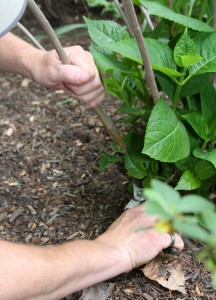
On April 16 at 6 a.m., the Garden’s weather station reported a low temperature of 30.2°F. The freezing temperatures were accompanied by about a half inch of icy slush that coated the greening turf and accumulated in the chalices formed by the opening flowers of saucer magnolias, which had just emerged after a string of warm April days that, I hoped, signaled the end of our seemingly interminable winter. Needless to say, the Garden’s venerable saucer magnolias did not have their best spring.
For many, memories of that hard April frost will be erased by this week’s temperatures—approaching 90°F as I write—and the reappearance of seersucker suits in midtown. Those of us who love plants will be reminded of April 16 every time we see an old-fashioned Hydrangea macrophylla over the next few months. With the exception of remontant (re-blooming) varieties such as Endless Summer® (more on these later), Hydrangea macrophylla flower from buds formed during the previous growing season. Dormant through the long winter, these buds began to swell as temperatures finally rose in early April, only to be zapped by the hard mid-April frost.
Posted in Programs and Events on May 30 2014, by Lansing Moore
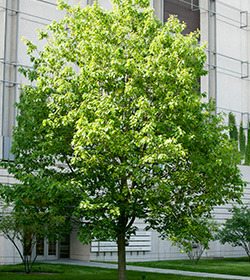 For all the picnics, festivals, and fun activities, it can be easy to forget that the Garden is also a place of rigorous research and scholarship. What, after all, does the “B” stand for in “NYBG”? Come find out this weekend at our Annual Science Open House! The Garden’s top science staff will be leading expert tours that go behind the scenes of one of the country’s premier plant research entities.
For all the picnics, festivals, and fun activities, it can be easy to forget that the Garden is also a place of rigorous research and scholarship. What, after all, does the “B” stand for in “NYBG”? Come find out this weekend at our Annual Science Open House! The Garden’s top science staff will be leading expert tours that go behind the scenes of one of the country’s premier plant research entities.
Enjoy a guided tour of the Steere Herbarium, the largest herbarium in the Western Hemisphere—and among the four largest in the world—with 7.3 million preserved plant specimens! Begin a collection of your own with our hands-on collecting demos, including fungi and plant collecting demonstrations from the inimitable Roy Halling and Donald McClelland, respectively. Meet the scientists studying DNA and genomes in a tour of the state-of-the-art Pfizer Plant Research Laboratory. You’ll look at the Garden grounds and all of nature in a new light! Bring the family and encourage a love of science in your little ones.
Read on for a comprehensive run-down of our Science Open House programming, as well as the schedule of our regular Groundbreakers activities.
Posted in Photography on May 30 2014, by Matt Newman
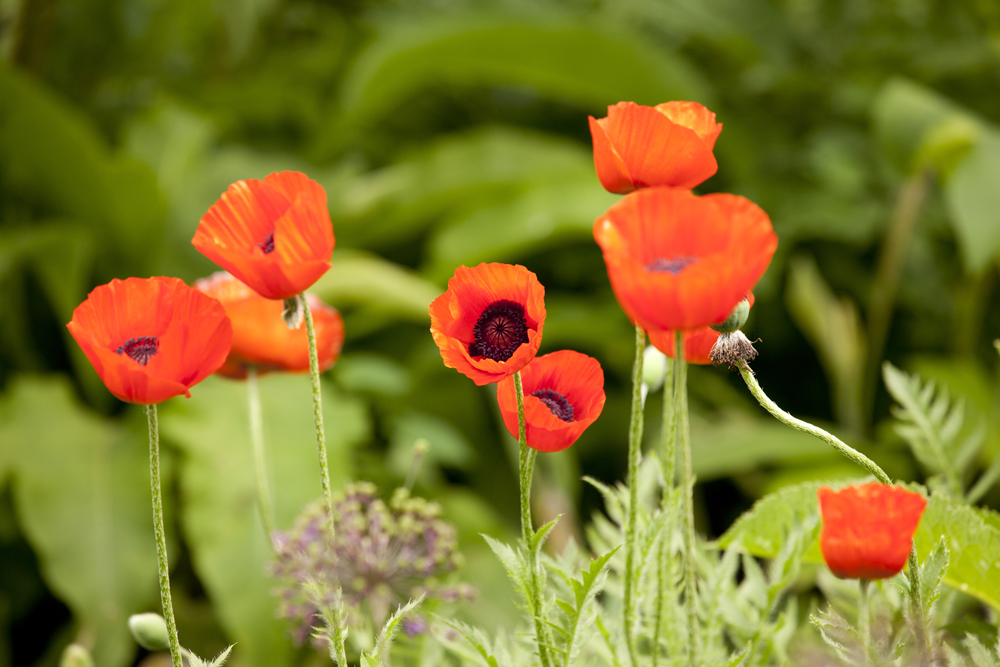
Poppies in the Perennial Garden – Photo by Ivo M. Vermeulen
Posted in Programs and Events on May 29 2014, by Lansing Moore
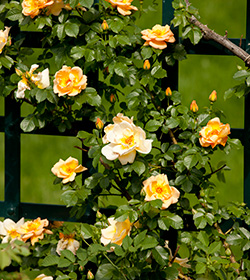
This summer is flying by in a blaze of blooming colors! June begins in just a few days, so don’t blink or you’ll miss the season for your favorite buds, including that flower that never goes out of style—the rose.
There is no better place to appreciate the sublime variety and beauty of roses than in the Garden’s own Peggy Rockefeller Rose Garden, a landmark 1916 design by Beatrix Farrand. So join us next weekend for the Rose Garden Celebration on June 7 and 8 to admire over 670 varieties of rose at the height of their natural color, in high style. Refreshments, live entertainment, activities, and rosarians offering their expertise will all form part of this festive tribute to one of the greatest gems on the Garden’s grounds. Read on for more details!
Posted in Adult Education on May 29 2014, by Plant Talk
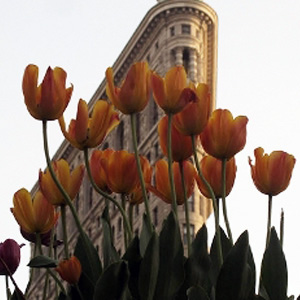 My mission—and I chose to accept it—was to audit Trish O’Sullivan’s “Shopping the New York Flower Market” class in Manhattan. This four-hour insiders’ tour offers a priceless introduction to the business side of floral design and teaches students where to shop for flowers, vases, and related accessories, like ribbons, wire, and event supplies.
My mission—and I chose to accept it—was to audit Trish O’Sullivan’s “Shopping the New York Flower Market” class in Manhattan. This four-hour insiders’ tour offers a priceless introduction to the business side of floral design and teaches students where to shop for flowers, vases, and related accessories, like ribbons, wire, and event supplies.
The district is more than a century old, and occupies one city block on 28th Street, between 6th and 7th Avenues. It’s inarguably the best place in the region to purchase bulk flowers and floral design supplies. Most shops open early—around 5:30 a.m.—and close in the mid-afternoon, if not before lunch. Many sell their goods strictly wholesale, although plenty of shops also sell to individuals. The New York Times once called the district “Midtown’s Lush Passage,” which, as the class learned, is an adequate description of an area featuring sidewalks lined with potted plants, flowering tree branches, and buckets of cut botanicals.
Posted in Photography on May 29 2014, by Matt Newman
She’s in the running for this year’s NYBG Long Jump Champion award.
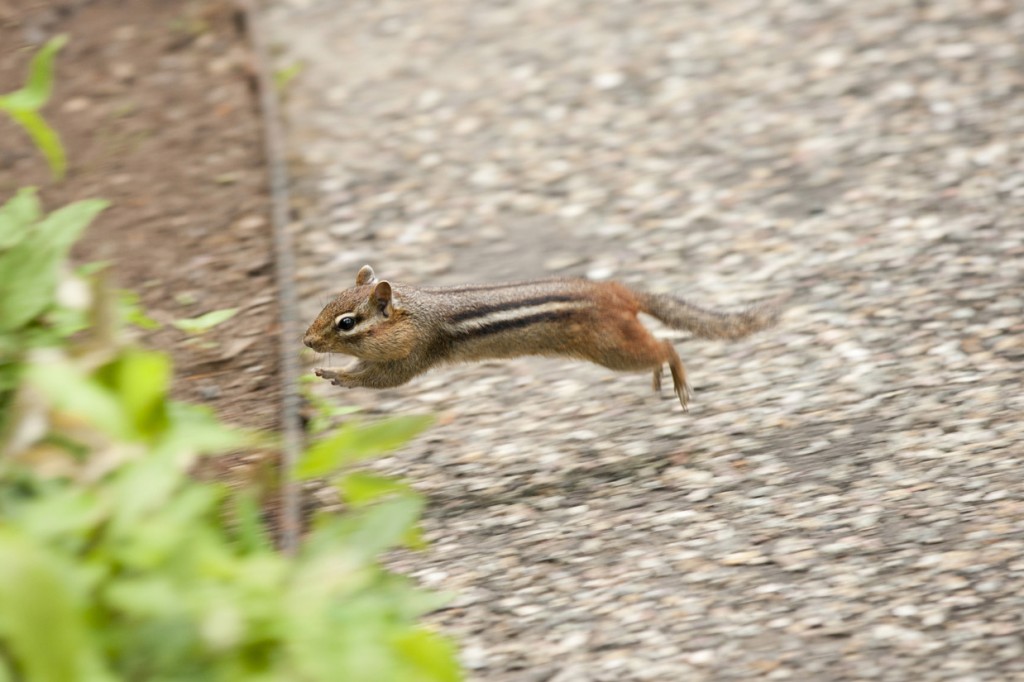
In the Azalea Garden – Photo by Ivo M. Vermeulen
Posted in Gardening Tips on May 28 2014, by Sonia Uyterhoeven
Sonia Uyterhoeven is the NYBG’s Gardener for Public Education.
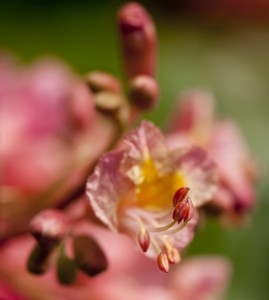
When I was a kid, I used to collect buckeyes or horse chestnuts, shine them and keep them in my pocket for good luck. The large, shiny nuts were a perfect treasure for a kid, and there is a centuries-old tradition that a buckeye in your pocket is a sign that good luck is on its way. The nickname “buckeye” comes from the Native Americans who thought the nut resembled a deer’s eye. My mother went to college in Ohio and my grandparents were from western Pennsylvania, so the common name buckeye was used in my household instead of horse chestnut.
Horse chestnuts are delightful in autumn, when the large nuts litter the ground beneath the trees after the prickly, globe-like husks split open to reveal the treasure inside. Equally intoxicating are the statuesque flowers of the horse chestnut in spring. These great spires of red, pink, or white flowers appear in late spring and liven up the landscape.
Posted in Around the Garden on May 28 2014, by Matt Newman
There are few places as conducive to reflection as the bridge overlooking the Stone Mill, the Bronx River passing it by.
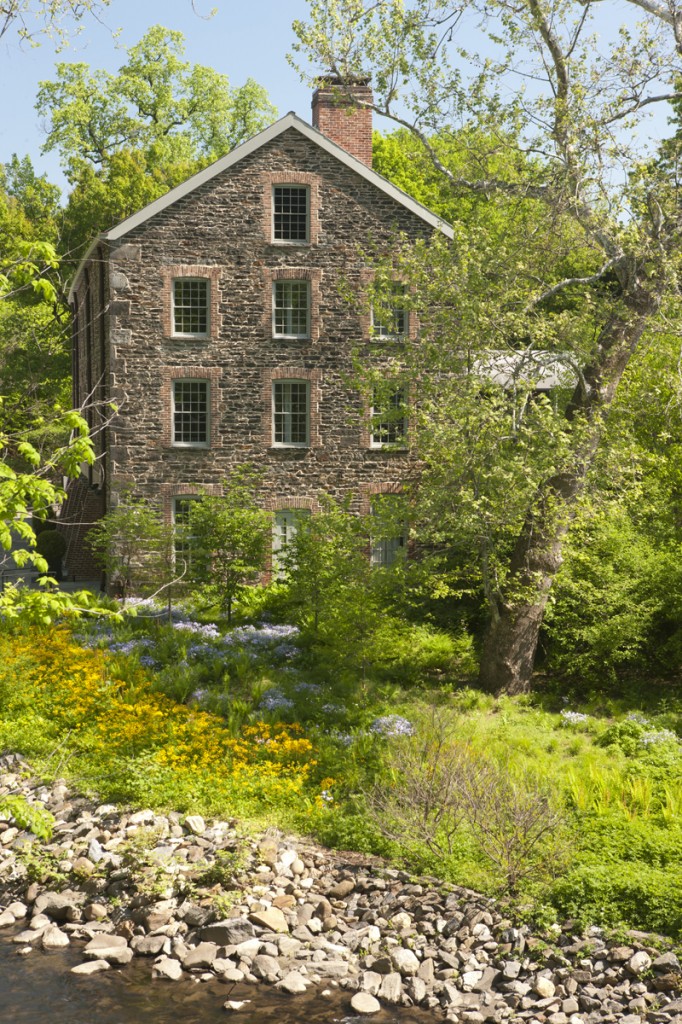
The Stone Mill – Photo by Ivo M. Vermeulen
Posted in Wildlife on May 27 2014, by Patricia Gonzalez
Patricia Gonzalez is an NYBG Visitor Services Attendant and avid wildlife photographer.
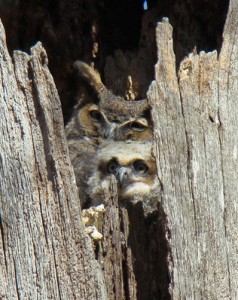
I have had the pleasure of taking thousands of photos of wildlife at The New York Botanical Garden since my first treks here in 2008. Among the birds of prey that I enjoy photographing are the Great-horned Owls. My first encounter with these winged hunters was back in March of 2009.
It was a little after 4:00 p.m. as I was walking down Azalea Way that I heard hooting coming from the Forest. I looked through the trees only to be surprised by the outline of an owl. Back then, I was shooting with a small point-and-shoot that had nowhere near the zoom range of my current camera. But it didn’t matter. What was important was that I got to see an amazing member of the animal kingdom for the first time, and I got a photo!
Later that month I spotted the female owl and one of her two hatchlings in the nest, which was located in a snag overlooking a trail near the edge of the Forest. I’ll never forget the day when a fluffy little head popped up and looked right into my camera. It’s still one of my all-time favorite photographs.